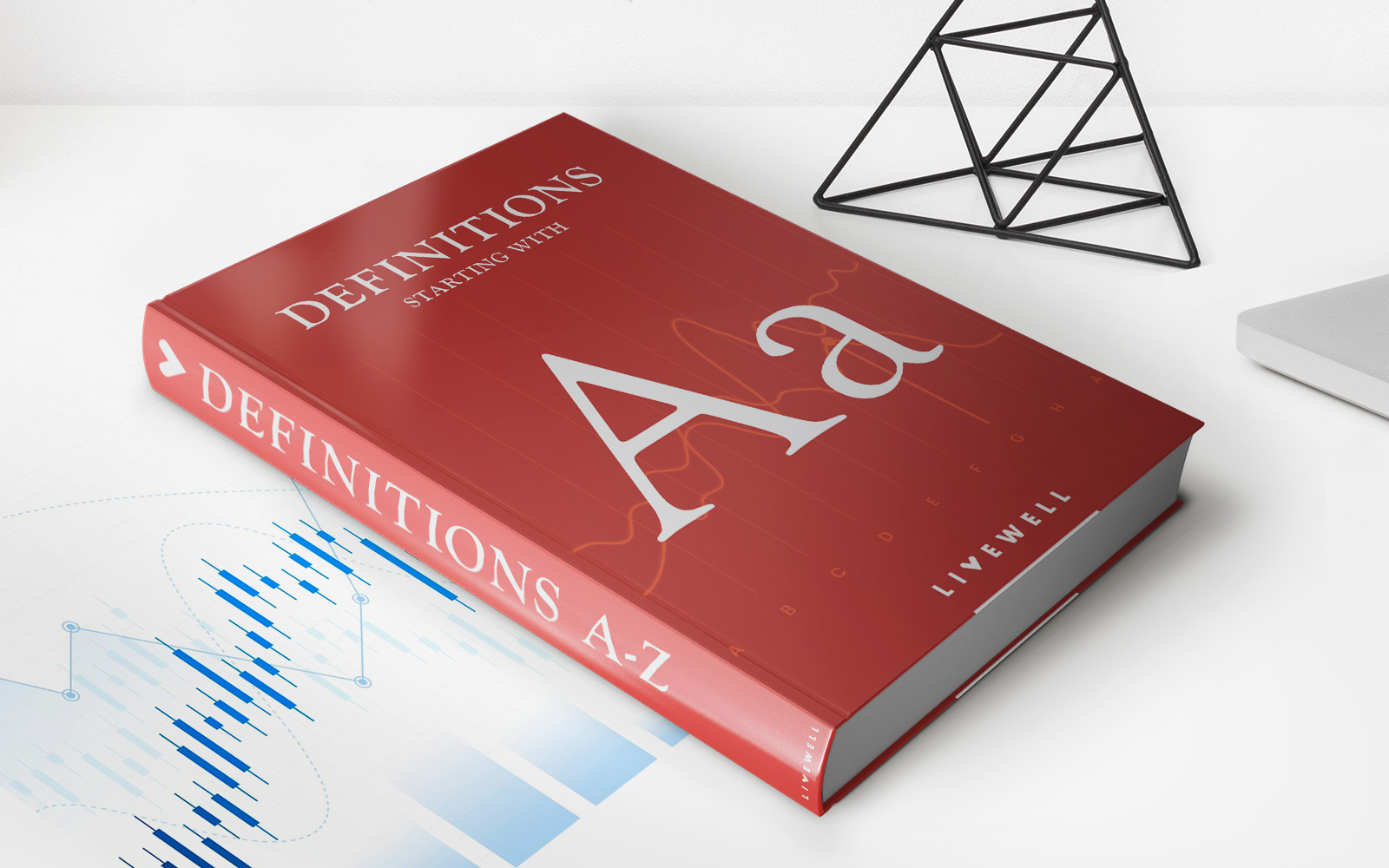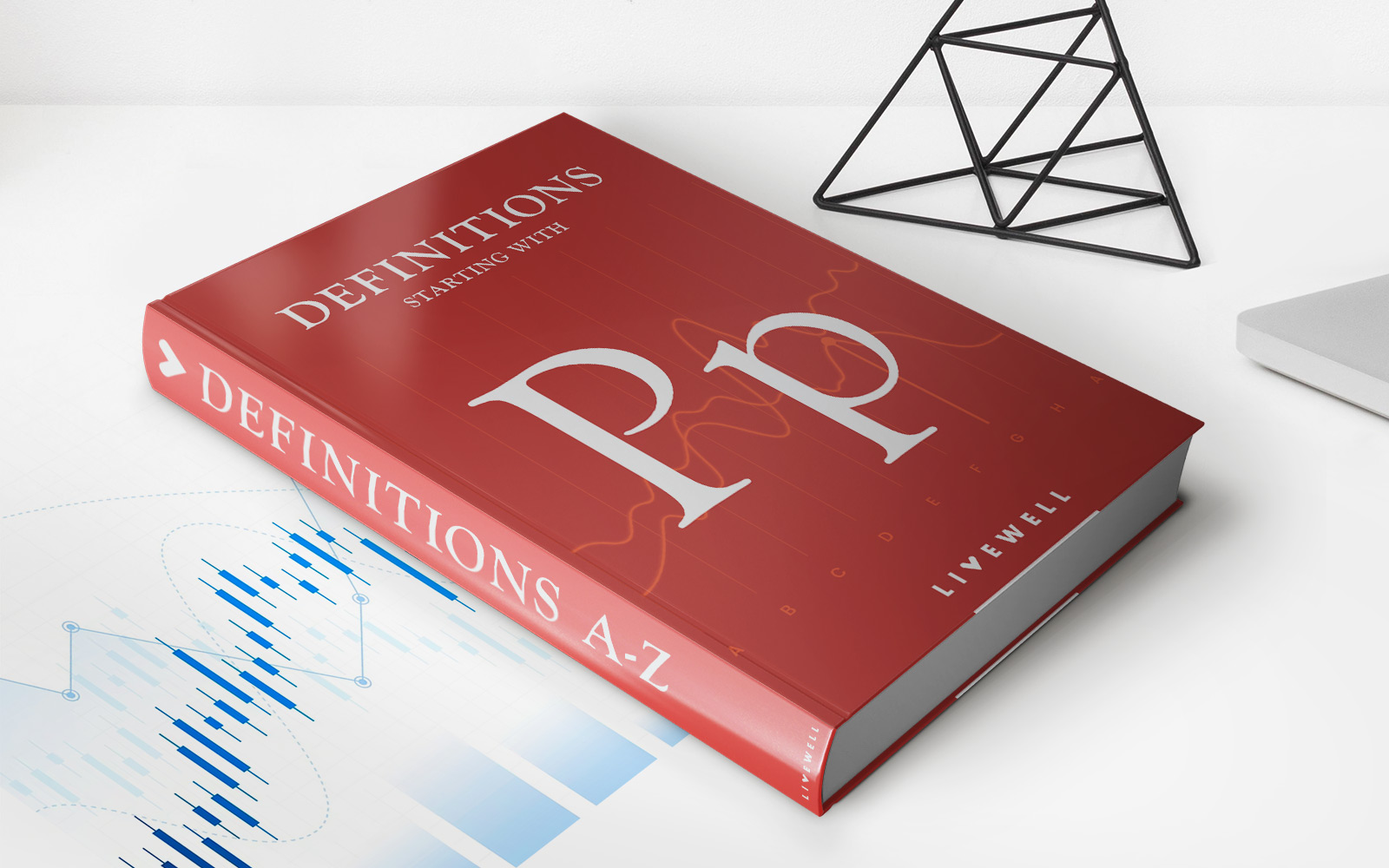Home>Finance>How Long Does The Underwriting Process Take On VA Loans?


Finance
How Long Does The Underwriting Process Take On VA Loans?
Published: February 17, 2024
Learn about the duration of the underwriting process for VA loans. Understand the timeline and steps involved in securing financing. Explore expert tips and guidance.
(Many of the links in this article redirect to a specific reviewed product. Your purchase of these products through affiliate links helps to generate commission for LiveWell, at no extra cost. Learn more)
Table of Contents
Introduction
The underwriting process is a crucial stage in securing a VA loan, as it determines whether a borrower meets the lender's requirements for approval. Understanding the timeline of this process is essential for both homebuyers and sellers, as it directly impacts the overall timeline of a real estate transaction.
Navigating the underwriting process can be complex, especially for first-time homebuyers. However, with the support of a knowledgeable lender and a clear understanding of the process, it becomes more manageable. In this article, we will delve into the intricacies of the VA loan underwriting process, shedding light on the factors that influence the timeline and offering valuable tips for a smooth experience.
By gaining insight into the underwriting process, prospective homebuyers can approach their VA loan journey with confidence and a clear understanding of what to expect. Additionally, sellers can anticipate the typical timeline for underwriting, enabling them to make informed decisions and facilitate a seamless transaction. Let's explore the nuances of VA loan underwriting and gain valuable knowledge to navigate this essential stage of the homebuying process.
Understanding the VA Loan Underwriting Process
VA loan underwriting is the meticulous review of a borrower’s financial information and creditworthiness to assess their eligibility for a VA home loan. This process involves a comprehensive evaluation of various aspects, including the borrower’s credit history, income, employment stability, and overall financial standing. Lenders carefully analyze these factors to determine the level of risk associated with extending a loan to the borrower.
During underwriting, the lender verifies the borrower’s income and employment details, assesses their credit score and payment history, and reviews their debt-to-income ratio. Additionally, the underwriter evaluates the property’s appraisal to ensure it meets the VA’s property requirements. This thorough assessment aims to mitigate the lender’s risk and ensure that the borrower has the means to repay the loan.
Moreover, the underwriting process involves confirming that the borrower meets the VA’s eligibility criteria, which may include serving the required length of time in the military or being the spouse of a service member who has passed away or has a service-related disability. The VA loan underwriting process is designed to uphold the program’s mission of providing favorable loan terms to eligible veterans, active-duty service members, and qualified surviving spouses.
Understanding the intricacies of the VA loan underwriting process empowers borrowers to prepare the necessary documentation and address any potential red flags that may arise during the review. By familiarizing themselves with the underwriting requirements, borrowers can proactively take steps to strengthen their financial profile and increase their chances of a successful underwriting outcome.
Factors Affecting the Underwriting Timeline
The duration of the VA loan underwriting process can vary based on several key factors that influence the timeline. Understanding these factors is essential for both borrowers and sellers, as it provides insight into the potential timeframe for securing loan approval and progressing through the homebuying process.
- Document Verification: The thoroughness and accuracy of the documentation provided by the borrower significantly impact the underwriting timeline. Incomplete or inaccurate paperwork may lead to delays as the lender seeks additional information.
- Property Appraisal: The timeline can be influenced by the completion of the property appraisal, as the appraisal report is a critical component of the underwriting process. Delays in scheduling or conducting the appraisal can extend the overall timeline.
- Complex Financial Situations: Borrowers with intricate financial profiles, such as self-employment income, multiple sources of revenue, or complex asset structures, may experience a longer underwriting timeline as the lender meticulously assesses their financial stability.
- Market Conditions: The volume of loan applications and the overall demand for VA loans can impact the underwriting timeline. During peak periods, lenders may experience higher processing volumes, potentially leading to longer processing times.
- Credit History and Score: The borrower’s credit history and credit score play a significant role in the underwriting timeline. Lenders may need additional time to review and assess credit-related information, especially if there are past credit issues or discrepancies.
By recognizing these influential factors, borrowers can proactively address potential areas of concern and streamline the underwriting process. Moreover, sellers can gain an understanding of the variables that may impact the timeline for securing a buyer’s loan approval, enabling them to plan and manage their expectations accordingly.
Typical Timeline for VA Loan Underwriting
The timeline for VA loan underwriting can vary, but understanding the typical duration of this process provides valuable insight for both borrowers and sellers. While every situation is unique, a general timeline can help set expectations and guide the planning of key milestones in the homebuying journey.
On average, the VA loan underwriting process takes approximately 30 to 45 days from the time the lender receives a complete loan application. However, it’s important to note that this timeframe is influenced by various factors, including the complexity of the borrower’s financial situation, the thoroughness of documentation, and the current demand for VA loans in the market.
The initial stages of underwriting involve the lender’s review of the borrower’s financial documents, such as pay stubs, W-2 forms, bank statements, and tax returns. Additionally, the lender orders the property appraisal to assess its value and ensure it meets the VA’s property requirements. Once these components are in place, the underwriter meticulously evaluates the borrower’s financial standing, credit history, and overall eligibility for the VA loan program.
Following the underwriter’s assessment, the lender issues a loan decision, which may include approval, conditional approval pending additional documentation, or denial. If the borrower receives conditional approval, they must promptly provide any requested documentation to satisfy the lender’s requirements. Once all conditions are met, the loan moves towards final approval and closing.
It’s important for both borrowers and sellers to maintain open communication with their respective representatives throughout the underwriting process. By staying informed and proactive, borrowers can address any underwriting-related requirements in a timely manner, potentially expediting the overall timeline and ensuring a smoother path to loan approval.
Tips for a Smooth Underwriting Process
Navigating the VA loan underwriting process can be more manageable with careful preparation and proactive steps to streamline the experience. By implementing the following tips, borrowers can enhance their chances of a smooth underwriting process and expedite the timeline for loan approval:
- Organize Financial Documentation: Gather and organize all required financial documents, including pay stubs, tax returns, bank statements, and any additional documentation requested by the lender. Providing complete and accurate paperwork can help expedite the underwriting review.
- Maintain Open Communication: Stay in regular communication with the lender and promptly respond to any requests for additional information or documentation. Clear and timely communication can help address potential issues and prevent unnecessary delays.
- Address Credit Matters Early: Review your credit report and address any discrepancies or issues well before applying for a VA loan. Resolving credit-related concerns in advance can contribute to a smoother underwriting process.
- Prepare for Property Appraisal: Ensure the property is well-maintained and ready for appraisal. Address any potential issues that may arise during the appraisal process to prevent delays in the underwriting timeline.
- Understand VA Loan Requirements: Familiarize yourself with the specific requirements of the VA loan program to ensure compliance with eligibility criteria. Understanding the program’s guidelines can help avoid obstacles during underwriting.
- Work with a Knowledgeable Lender: Choose a lender with expertise in VA loans and a strong track record of guiding borrowers through the underwriting process. A knowledgeable lender can provide valuable support and guidance at every stage.
By implementing these proactive strategies, borrowers can navigate the underwriting process with greater confidence and efficiency. Additionally, maintaining a proactive and organized approach can contribute to a smoother underwriting experience and expedite the timeline for securing loan approval.
Conclusion
The VA loan underwriting process is a pivotal stage in the journey toward homeownership for eligible veterans, active-duty service members, and qualified surviving spouses. Understanding the nuances of this process, including the factors influencing the timeline and valuable tips for a smooth experience, empowers borrowers to navigate the underwriting journey with confidence and preparedness.
By comprehending the typical timeline for VA loan underwriting, both borrowers and sellers can set realistic expectations and plan accordingly, contributing to a more seamless and efficient homebuying process. Open communication, proactive preparation, and a clear understanding of the underwriting requirements are essential elements for a successful underwriting experience.
As borrowers embark on the path to securing a VA loan, they can leverage the insights gained from this exploration of the underwriting process to proactively address potential challenges and streamline the timeline for loan approval. Additionally, collaborating with a knowledgeable lender and maintaining open communication throughout the underwriting process can further enhance the likelihood of a smooth and efficient experience.
Ultimately, the VA loan underwriting process serves as a critical means of ensuring that borrowers meet the program’s eligibility criteria and can successfully manage the financial responsibilities of homeownership. By embracing the valuable knowledge and tips shared in this article, individuals pursuing a VA loan can approach the underwriting process with confidence and clarity, paving the way for a fulfilling and well-prepared transition into homeownership.














